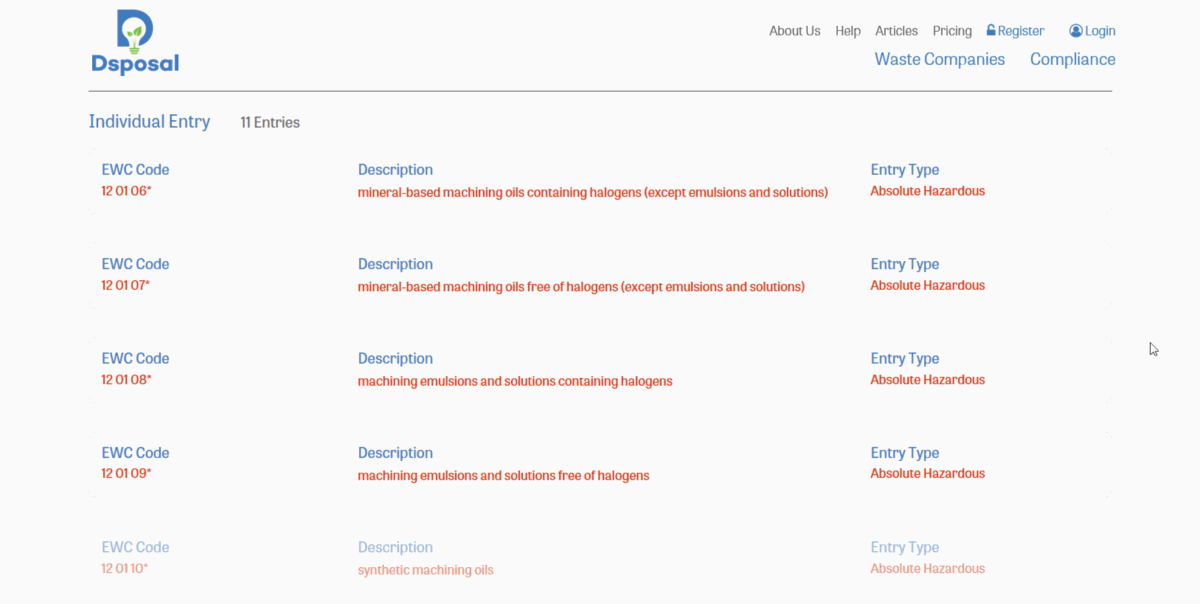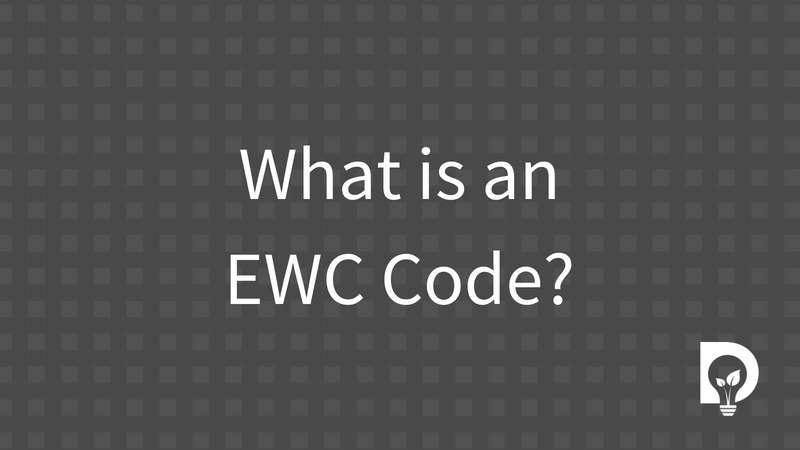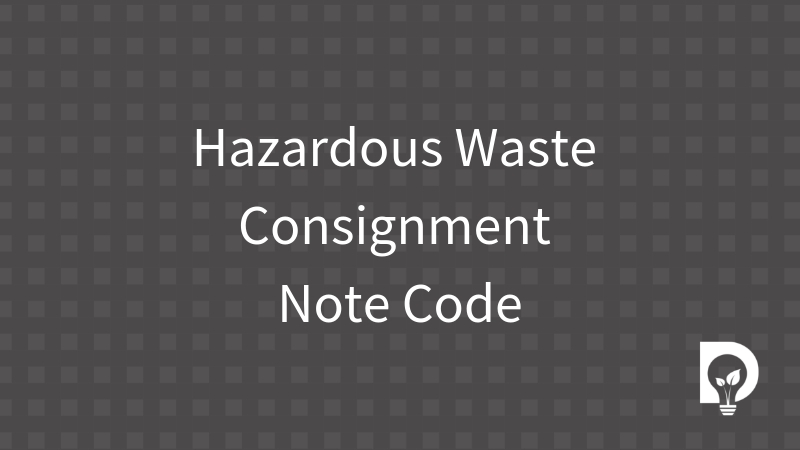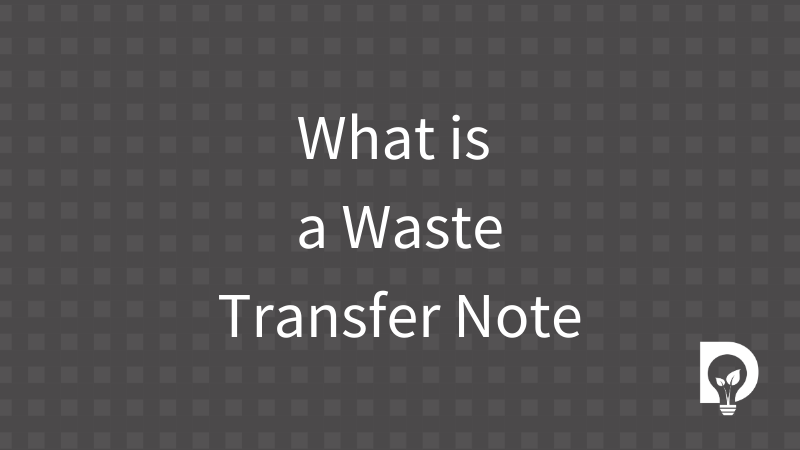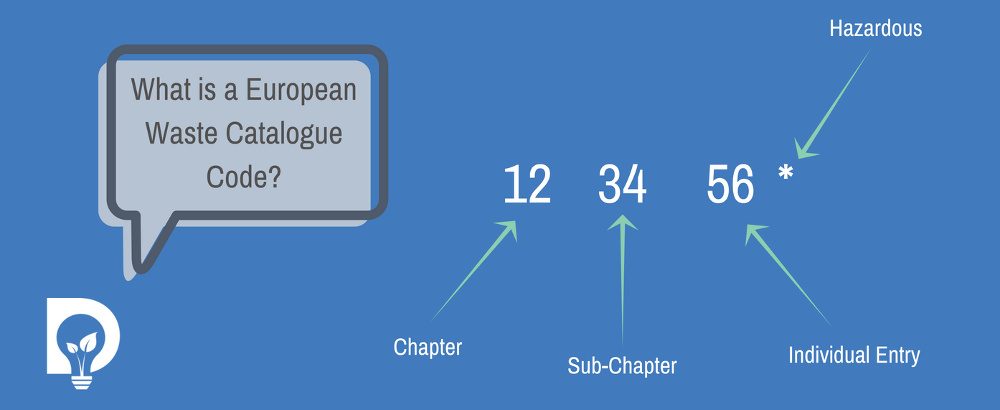
An EWC Code is a six-digit code used to identify waste as listed in the European Waste Catalogue. It is formatted as three pairs of numbers, for example 12 34 56. It identifies and classifies waste into categories according to how these wastes have been produced. It adequately describes the waste being transported, handled or treated.
It can also be referred as a LoW Code (List of Waste Code).
The use of EWC codes is a legal requirement of the Duty of Care (DoC) legislation across the UK. They are required to be used when completing duty of care waste transfer notes and hazardous waste consignment note documentation under current legislation guidelines. The primary purpose is to prevent harm to people and the environment.
If you need help selecting the correct EWC code for your waste transfer note or consignment note, get in touch any time, as we have built affordable software to help you select the correct EWC codes, and complete your compliance paperwork correctly.
The EWC code provides a standardised description of different wastes which enables waste to be recorded and monitored effectively. Classifying the waste will help you to decide on the most appropriate treatment process. In addition, the code will also:
- identify the controls that apply to the movement of the waste
- identify suitably authorised waste management options
- provide guidance on whether waste is classified as hazardous waste or non-hazardous waste
What is the structure of the EWC Code?
The six-digit EWC Code is divided into three pairs of numbers and, where applicable, an asterisk (*).
Chapters

The EWC is divided into 20 chapters, numbered 01 to 20.
Some chapters are based on the type of industrial process or business activity that produced the waste. For example:
Other chapters are based on the type of waste. For example:
The titles of these chapters are important. The waste must fall within the scope of the title to be considered within it.
Some titles, like that for chapter 13, also exclude certain wastes from that entire chapter.
Sub-chapters
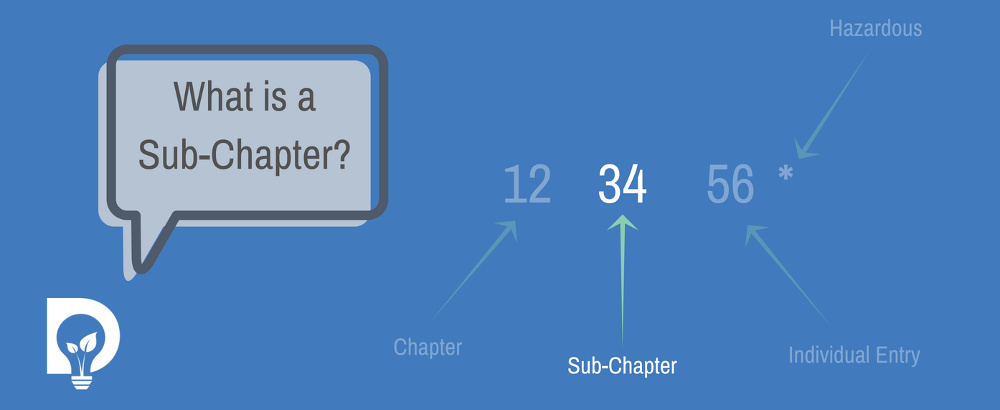
Most chapters contain several sub-chapters.
These divide the chapter into sub-groups based on either industrial process and business activity, or type of waste.
Each sub-chapter is given another two-digit number (creating a four-digit number with the chapter number).
For example:
The sub-chapter title, like the chapter title, is also important.
Individual entries
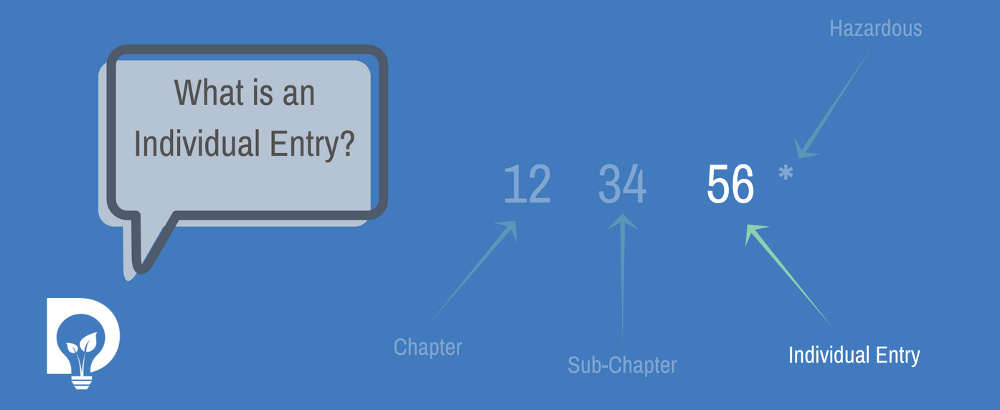 Within each sub-chapter are the classification codes for individual wastes.
Within each sub-chapter are the classification codes for individual wastes.
These are given an additional two-digit number, to create a six-digit number with the chapter and sub-chapter numbers. For example
- 04 02 16* dyestuffs and pigments containing hazardous substances
- 13 01 10* mineral based non-chlorinated hydraulic oils
The description accompanying the code explains the scope of the code. It may do this in a variety of ways including references to the type of waste, the activity or process that produced it, its composition, or properties.
The asterisk (*)
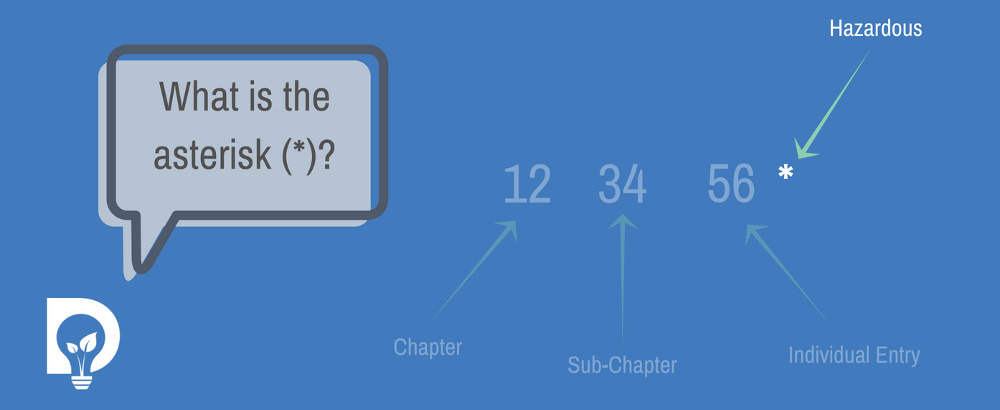
The asterisk (*) indicates that the waste is hazardous.
Example EWC Code 20 02 02
- The chapter is:
- The sub-chapter is:
- The entry is:
- The lack of asterisk (*) indicates that the waste is non-hazardous
The chapter and sub-chapter headings are as equally important as the description alongside the six-digit code. If the waste has not arisen from the activity covered by the Chapter, then you should NOT use that code, even where the individual waste description seems most apt.
This is highlighted with the waste codes descriptions for 17 05 03* and 17 05 04 which also contain “soil and stones”. However, looking at the different chapters helps to determine the correct code. Chapter 20 is focussed on municipal (civic, public, community waste) whereas chapter 17 is aimed at construction and demolition wastes.
Who chooses the EWC Code?
When it comes to choosing an EWC Waste Code, it must be assigned before it is send for recycling and disposal. Classification of waste helps with:
- deciding how to handle it
- completing the paperwork that must be given to waste contractors so they can manage your waste - this is part of the ‘duty of care’
Waste Producers can work with the waste contractors to determine the correct EWC Code but it is the waste producer’s responsibility to classify the waste and confirm the correct code has been used.
How does Dsposal help with choosing an EWC Codes?
Dsposal has put the waste codes list online in a searchable format. This means that it is easier to find the right code for your waste. However, the EWC Codes are written in technical language. To make understanding waste easier we have created the Dsposal Waste Thesaurus.
The Dsposal Waste Thesaurus is a reference database that lists types of wastes grouped together according a relevant EWC Code. The purpose of this refuse thesaurus is for users to find the right EWC Code or codes by which waste may be most fitly and aptly described.
Dsposal Waste Thesaurus example
During the metalworking process cutting fluids are used to:
- keep the cutting tool at a stable temperature
- maximize the life of the cutting tip
- prevent rust on machine parts and cutters
However, these fluids degrade over time due to contaminants entering the lubrication system and they require safe transport and disposal. But which EWC Code best describes this cutting fluid?
Browsing through the European Waste Catalogue there is no entry for cutting fluid. Using an online search engine there are different names for cutting fluid. Including:
- coolant
- cutting oil
- cutting compound
- heat transfer fluid
- lubricant
- tramp oil
- sump oil
- soluble oil
- machining lubricant
None of which are an entry in the EWC Code list either. Using the Dsposal Waste Thesaurus makes deciding on the most appropriate code easier.
Step 1
By heading to the Dsposal compliance pages and typing in cutting fluid, choosing the EWC Codes and pressing search our system. This will search our database of the EWC Codes and Waste Thesaurus entries and return the results.
The results page contains all the different chapters, sub-chapters, entries and waste thesaurus keywords. This can be a long list and confusing list. Reducing the amount of results that are returned helps to find the correct EWC Code.
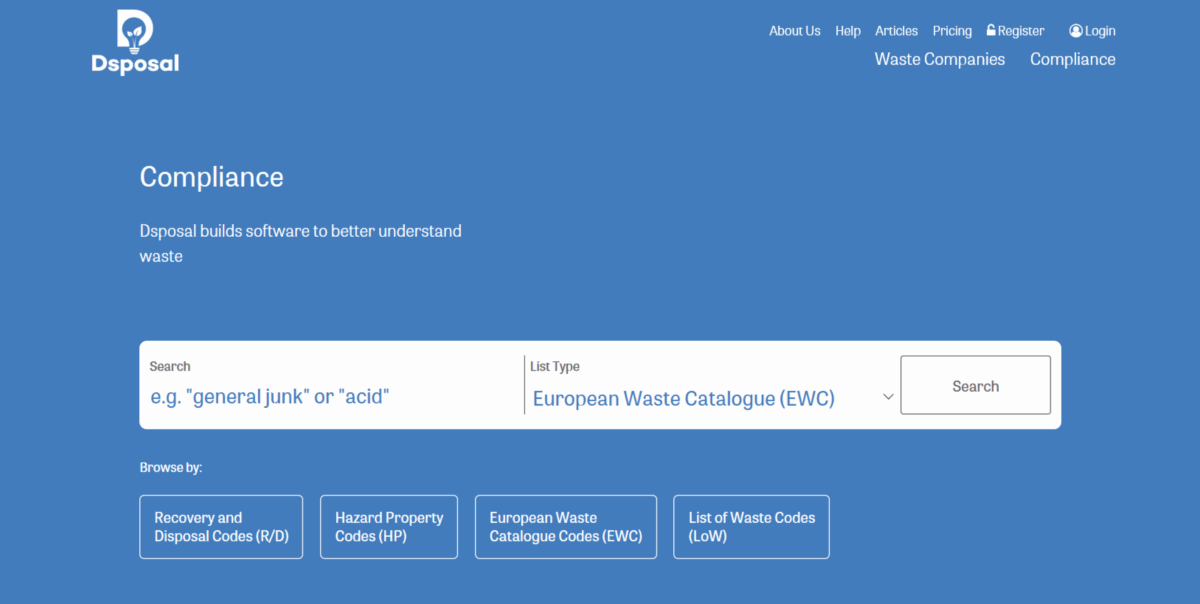
Step 2
The next step would be to determine the correct chapter. For cutting fluid in the metalworking process the most likely chapter would be chapter 12 - wastes from shaping and physical and mechanical surface treatment of metals and plastics. On the filters menu click choose filter chapter, find 12 and click update. This has reduced the number of possible options.

Step 3
Now by looking at the individual entries there seems to be a number of different entries which cover cutting fluids depending on if it is mineral-based, synthetic, neat, biodegradable or halogenated. Determining the correct waste code is based on the waste producer’s processes. If the process diluted the oil and doesn’t contain chlorine/chlorides, then the likely hood is that the waste is 12 01 09*. Clicking on the entry shows a synopsis of that code:
- The Chapter number with description
- The Sub-Chapter number with description
- The EWC Code Individual Entry with description and additional information
- The different Dsposal Waste Thesaurus keywords that relates to this entry
